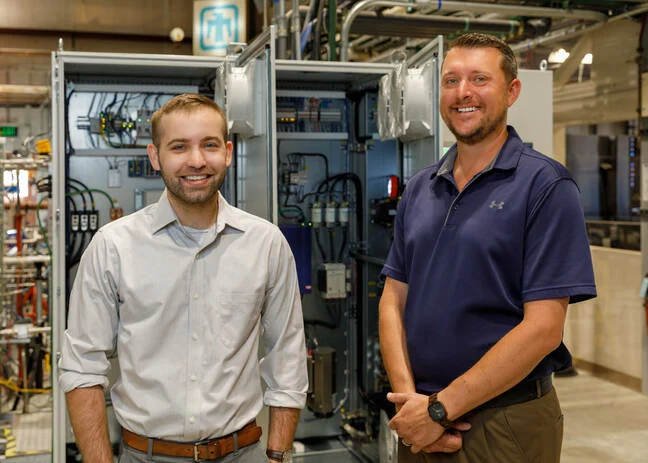Sandia National Labs successfully demonstrated supercritical carbon-dioxide as a viable power source; achieved when the lab connected a closed-loop system to a local grid.
The grid received 10 kilowatts of power for roughly an hour, reports Brandon Vigliarolo writing for The Register.
The experimental unit uses carbon-dioxide in a supercritical state (pressurized to behave like liquid and gas) to move the turbine. Supercritical CO2 can get far hotter than steam, and is more efficient if scaled to power plant levels and heated via nuclear, solar or fossil fuels.
Using what Sandia dubs as the Brayton cycle, the supercritical CO2 is heated, and the energy is sent through a turbine. Once the gas exits the turbine, it flows through a ‘recuperator’, which cools it before sending it to a compressor. The compressor re-pressurizes the cooled COs and sends it back through the ‘recuperator’ to recoup some heat, and sends it back to the start. According to Sandia, a portion of the system’s efficiency is tied to the recouping process.
Following a successful direct-to-grid test, Sandia is now working on reaching higher temperatures. The team plans to build a two-turbine alternator generating system in 2023, which according to Sandia, will be more efficient, and they aim to demonstrate a 1MW system by autumn of 2024.
To make the development of this new power system more commercially appealing, Sandia engineers are working on “validating parts of the system individually” for interested companies to contribute in component manufacturing.


